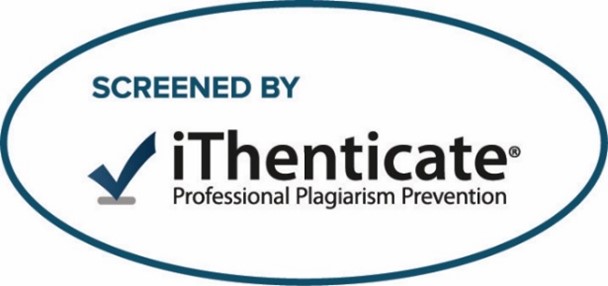Abstract
Background Cooked dried beans are commonly consumed in many countries and are known in Egypt as Ful medames. Adding synthetic colors to keep the dishes more attractive may have toxic effects on the human body, as it may be unsafe to consume potentially microbial contaminated foods, especially when obtained from street vendors. Aim The aim of this study was to detect the types of artificial colors added to cooked faba bean (Ful medames) by street vendors in Egypt and highlight their health hazards and microbial hazards. Materials and methods A total of 100 convincing samples were collected from street vendors from four large Egyptian cities. The coloring agents were extracted and purified from samples using the hydrochloric acid extraction method followed by separation using ascending paper chromatography. Total bacterial counts, coliforms, Bacillus cereus, Staphylococcus aureus, and mold and yeast counts were used for microbial tests on 24 samples obtained from Cairo and Giza cities. Findings Artificial colors were detected in 46% of samples. From the total positive samples, sunset yellow, tartrazine, or both combined were identified in 26.1, 30.4, and 41.3%, respectively. Carmoisine was detected combined with tartrazine in only one sample. Giza and Cairo cities recorded the highest positive samples (64.3 and 42.9%, respectively), followed by Mansoura (10%). No added colors were detected in Mahala samples. Coliforms, mold, yeast, and bacillus were detected in most of the samples that were subjected to microbiological examination, whereas S. aureus was not found in any of the examined samples. Conclusion Overall, 46% of the examined samples from street vendors contained artificial colors, mainly tartrazine and sunset yellow, although the authorities of Egyptian standards do not allow any artificial additives to these types of food. Most positive samples were from more urban cities. Microbial contaminants found in the examined samples may be due to unhygienic approaches in such areas and lack of sanitary practices of street vendors. This also predisposes consumers to the risk of severe public health challenges. Recommendations The society should be made aware about the health hazards of the incessant usage of synthetic food colors. The public should be encouraged to add natural food coloring, such as carrots, through home cooking instead. Moreover, strict monitoring of street vendors for food safety regulation should be done by competent authorities.
Article Type
Original Study
Recommended Citation
Hammad, El-Sayed M.; Soliman, Fardous; Salah, Hanaa; Mohammed, Manal; Farag, Mohamed; and Ahemad, Om H.
(2022)
"Detection of artificial colors added to cooked faba beans (Ful medames) and microbial examination for samples obtained from street vendors in Egypt,"
Journal of Medicine in Scientific Research: Vol. 5:
Iss.
3, Article 31.
DOI: https://doi.org/10.4103/jmisr.jmisr_85_22

















